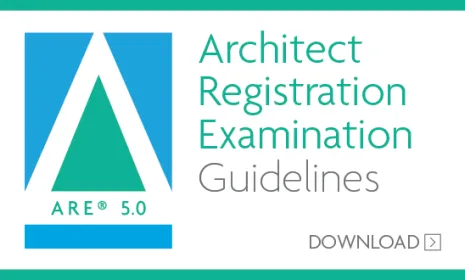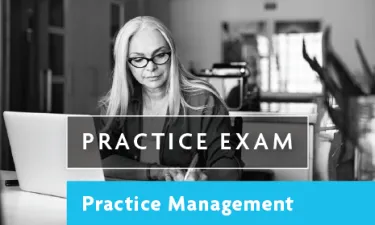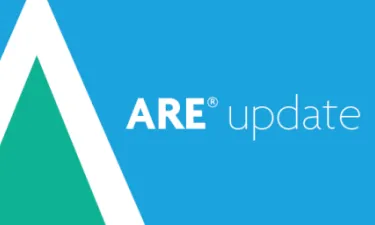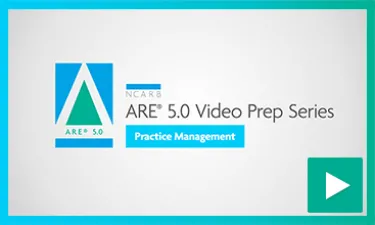Practice Management (PcM) assesses objectives related to the management of architectural practice, including professional ethics, fiduciary responsibilities, and the regulations governing the practice of architecture.
The division focuses on issues related to pre-contract tasks including negotiation, human resource management, and consultant development. Candidates must demonstrate an understanding of and abilities in business structure, business development, and asset development and protection.
Preparing for Practice Management?
NCARB has created a full-length, scored practice exam specific to Practice Management now available for free in your NCARB Record.
You can also find more details and suggested references in our ARE 5.0 Guidelines and test prep video series.
Practice Management Details:
- Number of items: 65 (including 2 case studies)
- Test duration: 2 hr 40 min
- Allowed break time: 30 min
- Total appointment time: 3 hr 20 min
PcM includes sections on the following content areas:
Business Operations (20-26%* of exam items). In this section, you will need to understand that running a business requires attention to staffing, regulations, insurance, ethics, and the appropriate Standard of Care. Objectives include:
- Assess resources within the practice
- Apply the regulations and requirements governing the work environment
- Apply ethical standards to comply with accepted principles within a given situation
- Apply appropriate Standard of Care within a given situation

Read the ARE Guidelines
Understand all the policies you’ll need to follow in order to take the Architect Registration Examination® (ARE®), as well as an overview of the exam’s six divisions and other exam candidate resources.
Finances, Risk, & Development of Practice (29-35% of exam items). This section is about how running and developing a practice requires attention to finances, mitigating risk and liability, and negotiating services and contracts. This is the largest section within the Practice Management division. Objectives include:
- Evaluate the financial well-being of the practice
- Identify practice policies and methodologies for risk, legal exposures, and resolutions
- Select and apply practice strategies for a given business situation and policy
Practice-Wide Delivery of Services (22-28% of exam items). In this section, you will need to look at projects in the context of their impact on the overall running of a practice. Objectives include:
- Analyze and determine response for client services requests
- Analyze applicability of contract types and delivery methods
- Determine potential risk and/or reward of a project and its impact on the practice
Practice Methodologies (17-23% of exam items). In this section, you will need to analyze how a practice is structured to achieve its goals and how to coordinate various projects and services within a practice. This section is the smallest of the four sections in the Practice Management division. Objectives include:
- Analyze the impact of practice methodologies relative to structure and organization of the practice
- Evaluate design, coordination, and documentation methodologies for the practice
Find more information about all divisions of the ARE on our website or in the ARE 5.0 Guidelines.
*The percentages shown for each section and objective represent a typical form of this division. The specific form you experience may vary slightly, as adjustments are made from form to form to balance factors such as overall form level of difficulty and average time to answer the assembled items.



